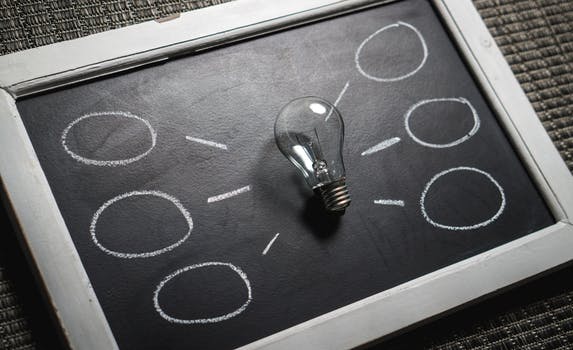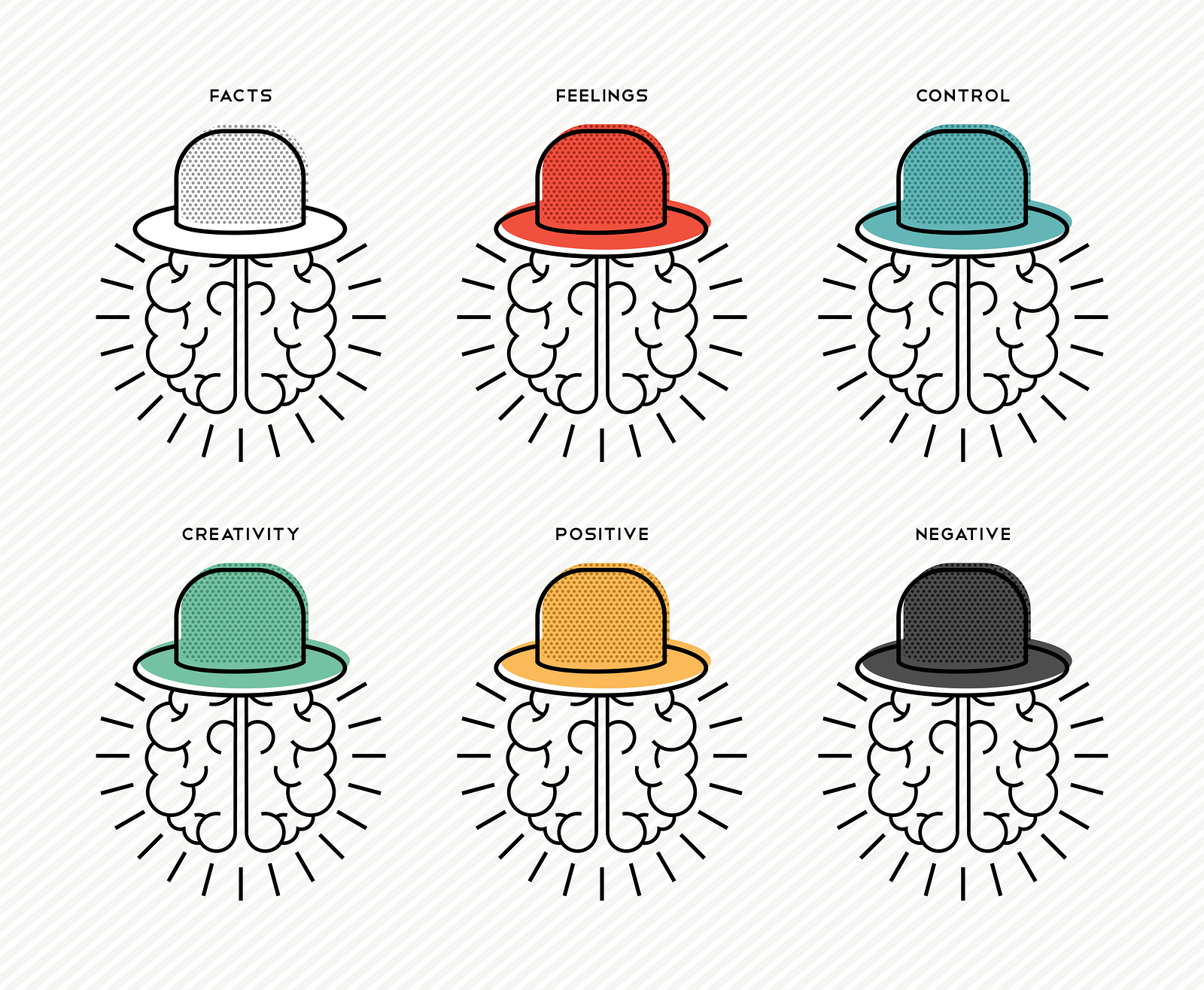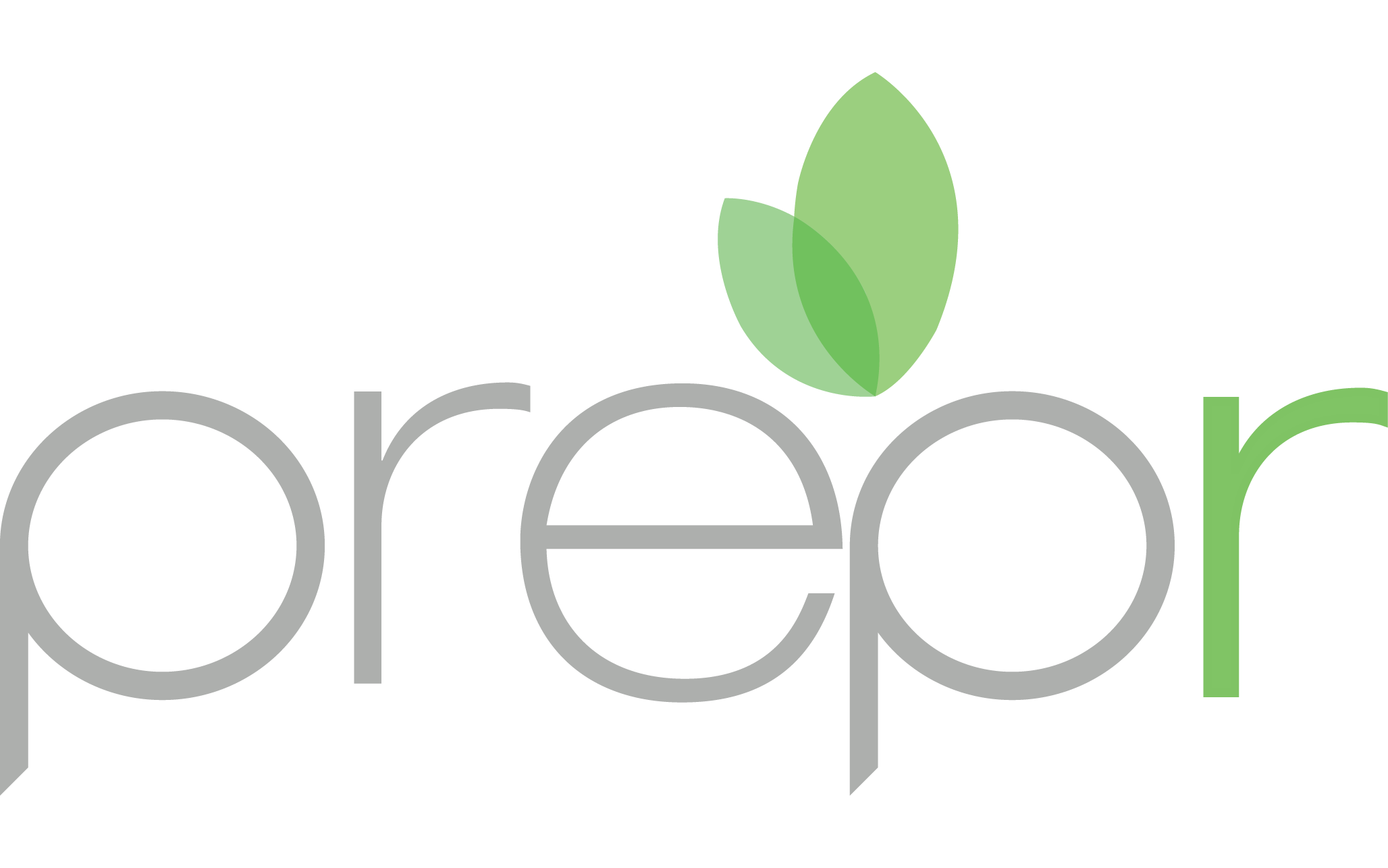
25 Jul Systematic Inventive Learning
“You can learn more about a person in an hour of play that you can from a lifetime of conversation”
– Plato
New education systems have been rapidly evolving compared to those prior. Due the rapid evolving, it is not always clear what the future is in education, thus it is necessary that there are flexible models put into place. The ability to adapt should be taken heavily into consideration here.With the advancements in education, it has slowly been realized that creativity in the classroom is essential to improving the experience of a student.
When thinking of these new flexible growth models and processes there are three elements that should be taken into consideration:
- Think creatively in order to compete in the market
- Find innovative solutions for existing and future problems
- The ability to evaluate current status and find better alternatives if needed

For these elements to exist, the education system needs to integrate them into current practices and strategies and make them a focus into students learning. One way to start the implementation of these three elements is based on the Pestalozzi Model from the theory of learning.
Pestalozzi was not happy that the content of education was being presented as fact rather than an experience. This is a common complaint of students in today’s education system. He wished to have the students learn by a hands-on approach, they should be able to go out and gather information to come up with answers of their own. Children shouldn’t be given answers but instead they should arrive at answers themselves. Rather than having knowledge that was primarily verbal, Pestalozzi saw that knowledge that led to efficiency in use doing (aka practice) was of real use to humans.
The design thinking method is a way to unleash creativity and explore innovative solutions in the classroom or workplace in the context of group discussion or brainstorming. There are many design thinking methods that can be implemented which include but are not limited to:
- De Bono Six Thinking Hats
- Lego Serious Play
- Disney model (dreamer, realist and critic)
- Scamper technique for creative thinking

Overall, each method has its own characteristics and learning outcomes. Therefore, the educator must take this into consideration as well as the context of the student to receive the best amount of creativity and innovation from the students.
Most traditional curricula focus on moving from a lesson to another. However, a reflection piece that helps to link the new lessons and previously thought knowledge and experience. This connection builds a continuation in the education process and helps students to think critically and evaluate problems in order to reach innovative solutions.
At Prepr, we believe that we should co-learn, co-lab to co-solve a problem. Check out www.prepr.org to find out more about our story!
